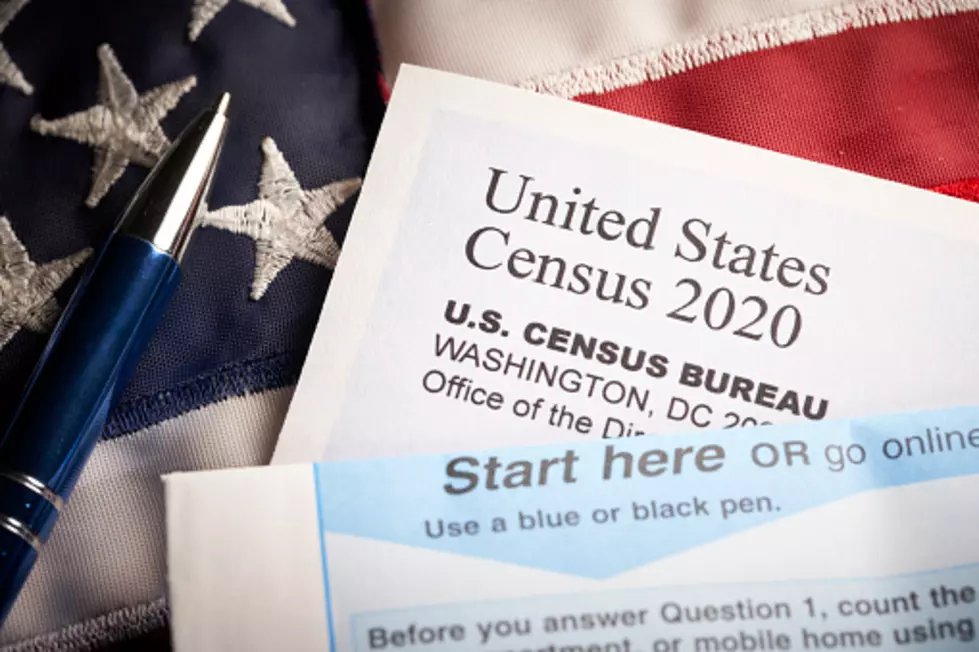
Illinois Is Losing A Congressional Seat According To The Census
Over the last 10 years, Illinois posted the 2nd largest population decline in numeric terms, behind only West Virginia. As a percentage of the population, Illinois’ population decline was third worst behind West Virginia and Mississippi.
When you rank number 2 on the list of states losing their people to other states you lose some prestige. You also lose a congressional seat, which is exactly what's happening here in Illinois.
According to figures released yesterday by the U.S. Census Bureau, Illinois’ population count was 12,812,508 in 2020, a drop of 18,124 since 2010. The really interesting note about our decline in population in this state is that this is the first time Illinois has shown a loss in population in the history of the U.S. Census. For perspective, we take the census count every ten years (known as the decennial U.S. Census count), and this loss of 18,000-plus Illinois residents is the first time in 200 years we've lost population in a census count.
One of the many prices to be paid when you post these kinds of numbers is the loss of a congressional seat.
IllinoisPolicy.org reports that back in the decade of the 2010s, Illinois had 19 congressional seats. Then that number went to 18, and now with the new U.S. Census numbers being factored in, we're going to drop to 17 seats. Congressional representation in Illinois peaked at 27 seats before 1943.
Across the nation, 13 states are going to be looking at changes in their congressional count, with growing-by-leaps-and-bounds Texas leading the way with 2 additional seats. Colorado, Florida, Montana, North Carolina, and Oregon each added one seat. Those on the shorter end of the stick who will be losing seats include (other than Illinois) California, Michigan, New York, Ohio, Pennsylvania, and West Virginia.
KEEP READING: Here are the best places to retire in America
More From Rockford's New Country Q98.5









